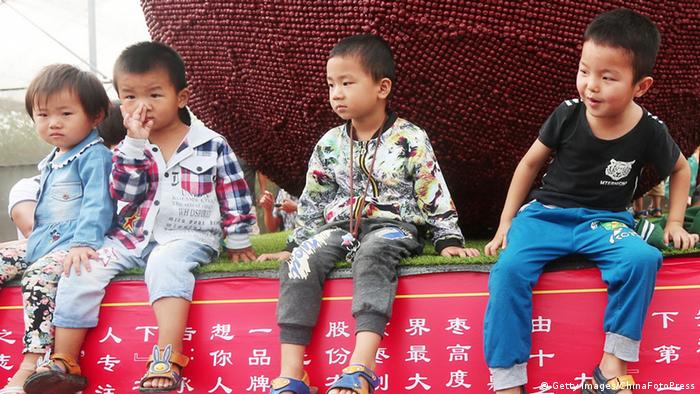China’s population grew by less than half a million in 2021, with births falling for the fifth year in a row, according to the most recent national figures released on Monday, with officials declaring that the country’s population has reached “zero growth.”
According to the national bureau of statistics (NBS), China had 10.62 million births in 2021, or 7.5 births per 1,000 inhabitants. It was the slowest development rate since the Communist Party of China (CPC) established a new China in 1949.
In terms of demographics, new births outnumbered deaths by 480,000, bringing the population to 1.4126 billion.
In 2021, there were 10.14 million deaths documented. In 2021, new births fell 11.6 percent from 12.02 million in 2020, after a steep 18 percent reduction from 14.65 million the previous year.
China’s population is declining for a variety of reasons, according to Ning Jizhe, the chairman of the National Bureau of Statistics.
The continuous decline in the number of women of reproductive age is one of the main reasons, with nearly 5 million fewer women of childbearing age between 15 and 49 in 2021 than the previous year.
“Other factors included couples’ fertility concept and the pandemic delaying marriage and births,” Ning was cited as saying by state media.
According to Ning, the working-age population aged 16-59 years old accounted for 62.5 percent of the total population at the end of 2021; the population aged 60 and up accounted for 18.9 percent of the total population at 267 million; and the population aged 65 and up accounted for 14.2 percent of the total population at 200 million.
The AFP reported Zhang Zhiwei, chief economist at Pinpoint Asset Management, as stating, “The demographic challenge is well known, but the rate of population ageing is clearly faster than expected.”
He said, “It also indicates that China’s potential growth is likely slowing faster than expected.”
To boost China’s economy, Liang Jianzhang, an economics professor at Peking University, told the Global Times that further encouraging fertility and population growth is vital, effective, and significant.
Despite abandoning the decades-old one-child policy in 2016, China, the world’s most populated country, faces an aging population.
According to the once-in-a-decade Census results released in May 2021, China’s population is expanding at its slowest rate in decades, with the country gaining only 72 million people in the last decade.
Following a troubling fall in births verified by recent Census data, China enabled married couples to have up to three children in May, a significant departure from the previous restriction of two children per couple.
“The three-child policy and supporting measures will contribute to improving China’s demographic structure and implementing the national strategy of actively responding to population ageing,” the Chinese government stated in response to the decision.
